
March 12, 2025 | Articles
Get Stoked: Hill International Makes Big Waves in Spain’s Surfing Scene
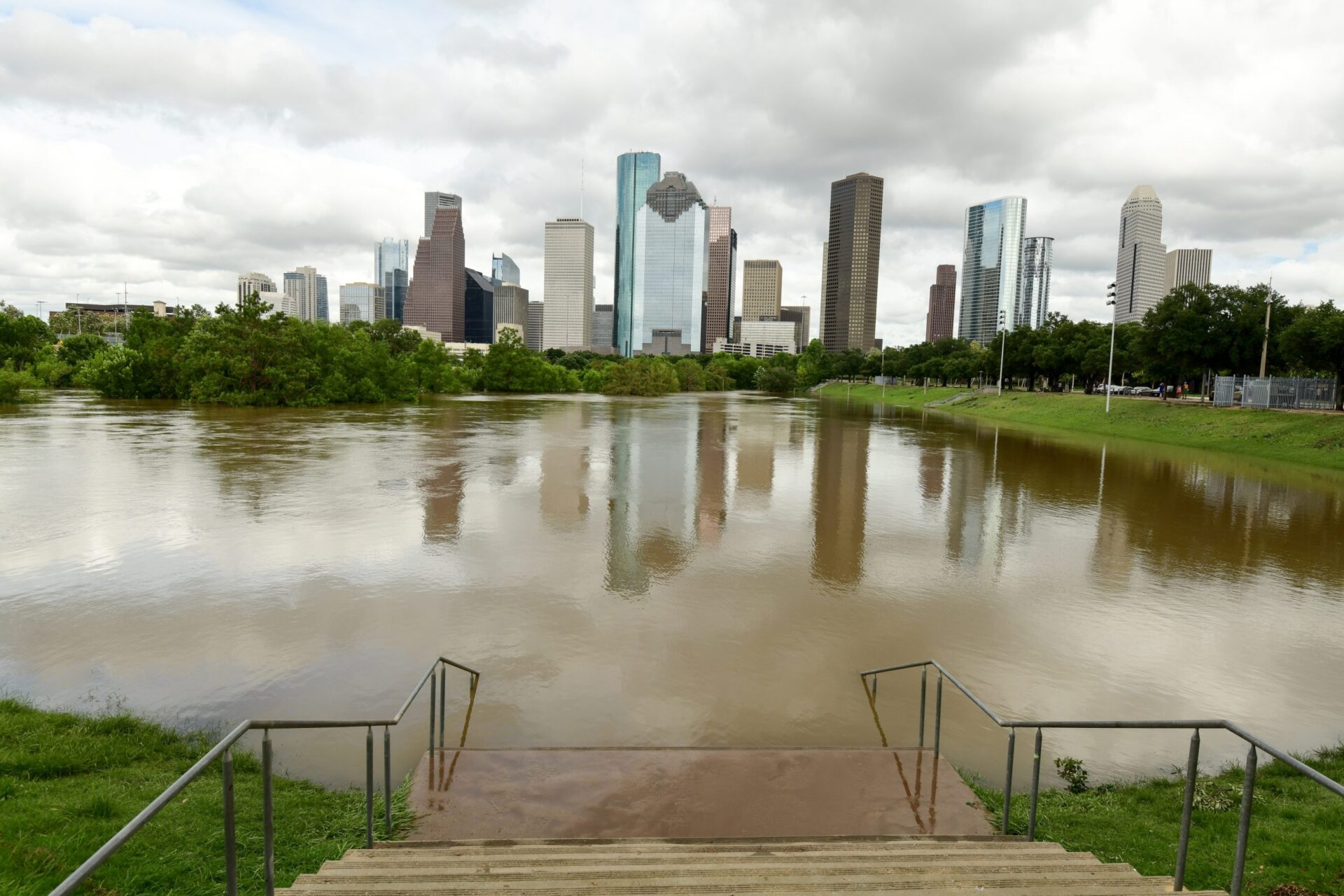
Extreme weather events are at an all-time high and costs are rising as well, forcing utilities across the U.S. to assess and improve the resiliency of their systems. For example, Hurricane Beryl recently led to high frustration levels across Texas as there were close to 3 million people without power during and after the event. These impacts were further compounded as Houston, the fourth biggest city in the country, had more than 1.3 million customers without power with extreme temperatures forecasted for the region.
Notably, Center Point Energy is the largest Investor-Owned Utility in Texas and a utility with many post-Beryl outages. To their credit, Center Point Energy filed a resiliency plan with the State of Texas Public Utilities Commission many months before the storm seeking approval of a proposed Transmission and Distribution System Resiliency Plan as well as looking at investing in a pilot program for microgrids.
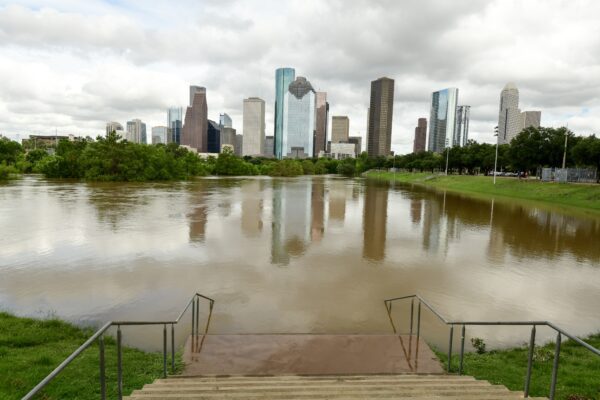
Utilities need to devise and implement strategies like Center Point to adapt to reduce risk and increase reliability to help manage extreme weather events and climate-change risk. Thankfully, there are numerous ways for utilities fund their resiliency programs. In this first of three articles on how utilities can make their systems more resilient, we explore mutual aid programs.
A Worsening Scenario
In 2023, the United States experienced an unprecedented 28 individual billion-dollar extreme weather and climate disasters. This reset the record of 2020 which had 22 disaster events. “The U.S. was hit with more billion-dollar disasters in 2023 than any other year on record, highlighting the increasing risks from our changing climate,” said National Oceanic and Atmospheric Administration’s National Centers for Environmental Information (NOAA NCEI) Director Deke Arndt. “Record heat waves, drought, wildfires, and floods are a sobering reminder of the consequences of the long-term warming trend we’re seeing across our country. These findings underscore the need for the data products and services provided by NOAA, like this annual report, to help create a more informed and climate-ready nation.” The cost for these 28 disasters was more than $92.9 billion, with total impacts still being finalized.
As utilities struggle to keep the lights on during weather events, state regulators are imposing penalties and passing strict regulations. Extreme weather events impose considerable business, financial, legal, reputational, and regulatory risk for utilities. This has even brought some utilities to bankruptcy.
To mitigate extreme weather risks and avoid penalties, utilities must invest in innovative technologies that ensure accurate information, clear communication, and streamline field operations. Utilities have taken steps to improve grid resilience to extreme weather events, such as implementing storm hardening measures to enable the grid to better withstand the effects of hurricanes and adopting technologies to enhance operational capacity and help to quickly restore service following disruptions.
Funding Innovation, Streamlining, and Resilience Through Mutual Aid Programs
There are three types of energy utilities in the United States and Territories. There are over 2,000 communities in the U.S. that own their not-for-profit electric utilities, also known as Public Owned Utilities (POUs), run by local governments. Additionally, there are 812 Cooperatives Utilities (CO-OPs) and 168 Investor-Owned Utilities (IOUs) operating in the U.S.
POUs are community-owned, not-for-profit electric utilities that safely provide reliable electricity to more than 49 million Americans in over 2,000 communities across the U.S. Large cities like Austin, Nashville, Los Angeles, and Seattle. Small towns and the Navajo Nation also get electricity from a POU.
POUs can also have an easier time in receiving assistance from the federal government after a disaster. They are distinguished by a few key traits that help them receive federal dollars from disaster relief funding programs. These key traits are:
For POUs, funding resiliency and recovery through mutual aid networks can be the right choice. The American Public Power Association (APPA) defines mutual aid as “electric utilities helping each other in times of need.” The APPA, together with state and regional public power utilities and organizations, coordinates the mutual aid network for the nation’s public power utilities. Utilities that want to give and get help for power restoration after a disaster join this network. According to the APPA, when (and even before) a major disaster hits a utility’s territory and the utility knows that its own crews and equipment won’t be enough to restore power quickly, it calls for mutual aid. The impacted network provides its best estimate of how many people it needs and what type of skills they should have. The utility also specifies equipment and material needs. Other utilities in the network respond with what they can offer. The actual dispatch and movement of crews from different utilities are coordinated by utility and public power association personnel who volunteer as regional and national mutual aid coordinators.
The APPA also offers POUs several resiliency and recovery resources for members. These include:
Currently, there are more than 2,000 organizations in the public power Mutual Aid Network. To join the Mutual Aid Network, complete the Mutual Aid Agreement and email it to the American Public Power Association at [email protected].
For Co-Ops and IOUs as well as POUs, there are other avenues in addition to the Mutual Aid Network to pursue and consider in building resiliency in your system. Parts two and three of this series explore how utilities can leverage Federal and other funding to build resiliency and how targeted IOU programs can also make your network better able to withstand and recover from the next disaster.
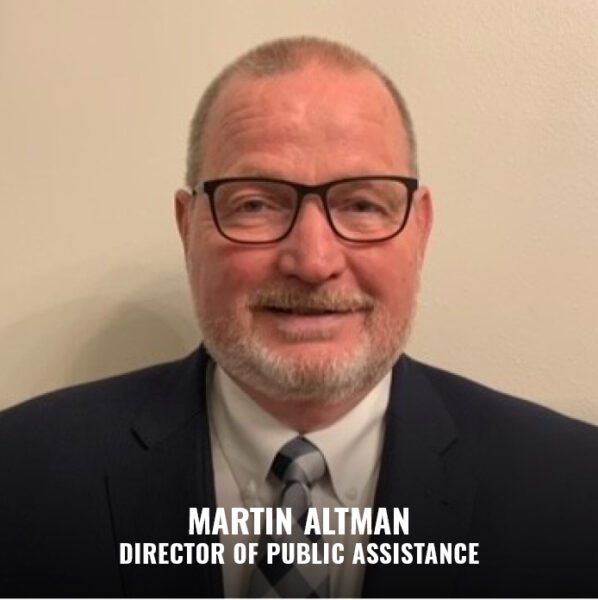
Hill International Director of Public Assistance Martin Altman has more than 35 years of leadership and emergency management experience, including nine years serving with the FEMA.
He has managed and implemented disaster planning and recovery program management for public and private sector clients. Martin served as the FEMA Region VII Project Officer and Closeout Specialist for Kansas City, MO, and was then appointed the FEMA Public Assistance Infrastructure Branch Director for the Florida Long Term Recovery Office, where he managed the FEMA Public Assistance Program.
Share

March 12, 2025 | Articles
Get Stoked: Hill International Makes Big Waves in Spain’s Surfing Scene
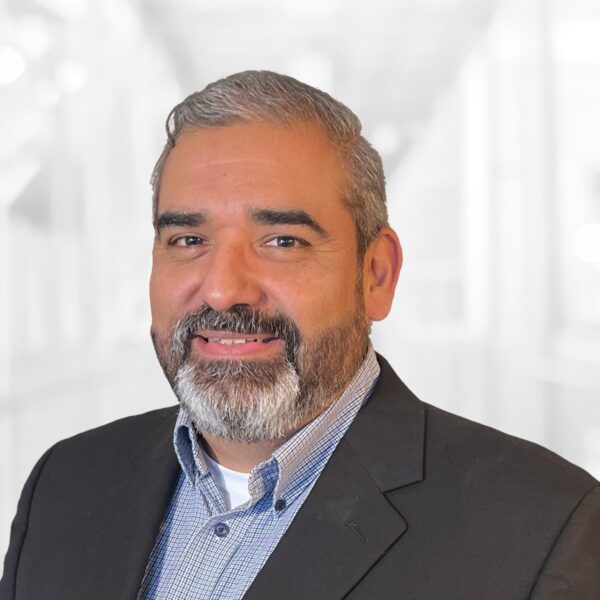
March 9, 2025 | Articles
Project Manager TJ Pinales: Helping Along the Road in San Antonio

March 4, 2025 | Articles
Balancing the Equation: An Interview with Project Manager Tracy Wiyrick

March 1, 2025 | Articles
A Lifelong Project: Calypso Kyriakopoulou’s Multifaceted Career in Construction

February 10, 2025 | Articles
Dual Delivery: A Viable Strategy for Complex Transit Projects

January 23, 2025 | Articles
Plotting a Roadmap to Success on the Torres de Colón Renovation
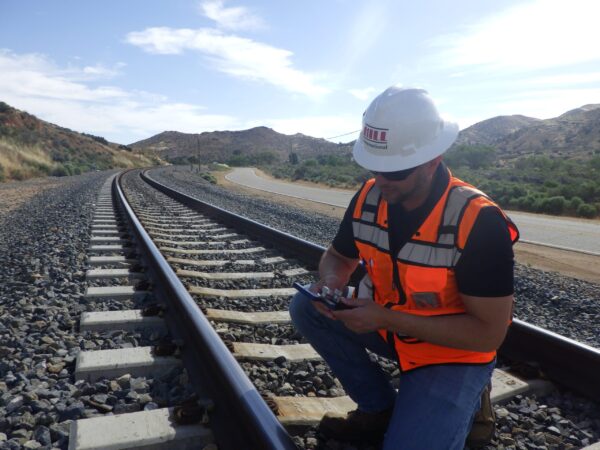
December 12, 2024 | Articles
Progressive Design-Build for Rail and Transit Projects: Room to Run

December 9, 2024 | Articles
Unlocking Growth: Maximizing the Benefits of the SBA’s Mentor-Protégé Program

December 8, 2024 | Articles
Mediterranean Luxury a Century in the Making: Four Seasons Resort Mallorca at Formentor